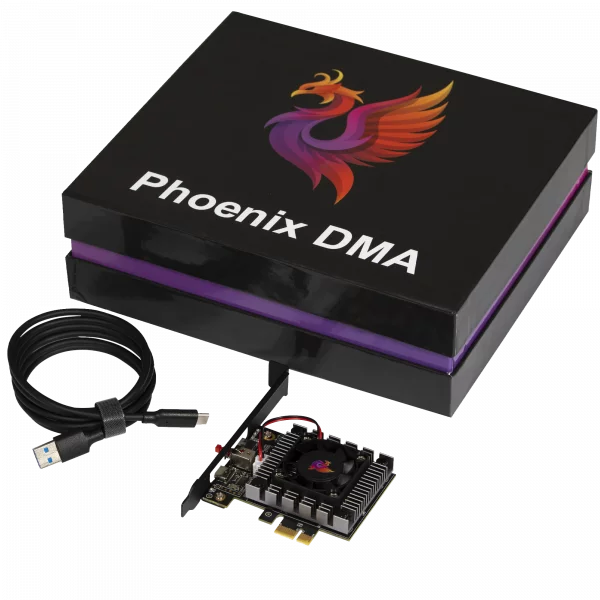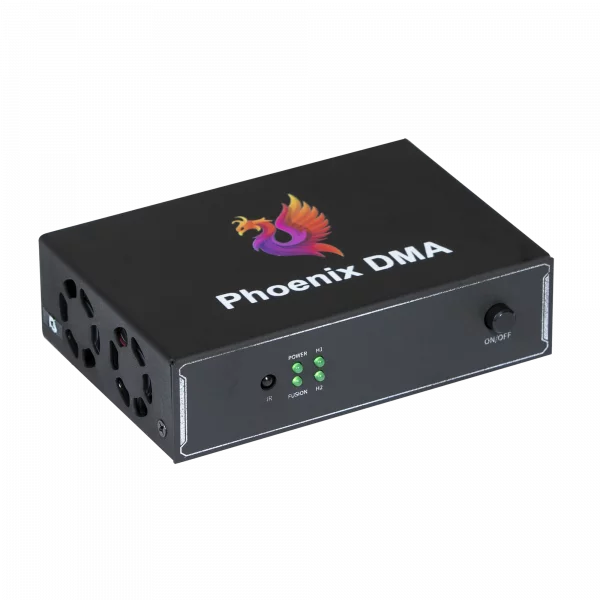In the ever-evolving landscape of research, efficient knowledge managing is vital for program performance and reliability. One critical technology that considerably promotes that efficiency could be the Direct Storage Entry (DMA) card. Kmbox play a vital role in controlling data transfers between process storage and peripherals without burdening the main handling unit (CPU), thereby streamlining operations and improving overall process efficiency.

Traditionally, knowledge transfer between storage and peripherals like hard drives, system cards, and design controllers was treated directly by the CPU. This process, called designed I/O (PIO), involves the CPU executing the information move orders, which uses substantial handling time and resources. As a result, the CPU is occupied with information move jobs and may become a bottleneck, especially in methods requesting high-speed knowledge transactions.
This is wherever DMA cards come into play. DMA is a way which allows peripheral units to talk right with the machine storage, skipping the CPU. A DMA card, which houses the necessary circuitry and reason for this method, handles the info move operations independently. That offloading of jobs ensures that the CPU may give attention to different important running jobs, ultimately causing more efficient overall program performance.
The features of using DMA cards are manifold. First and foremost, they significantly enhance system throughput by releasing the CPU from the job of managing knowledge transfers. That is especially useful in systems with high-speed information requirements, such as for instance hosts, gaming PCs, and information order systems. By enabling peripherals to transfer information immediately, DMA cards reduce the latency and overhead associated with CPU-managed transfers.
Moreover, DMA cards contribute to better multitasking capabilities. In a multi-threaded environment, wherever numerous techniques or purposes are running concurrently, the capacity to handle data transfers independently ensures that the CPU can spend sources more efficiently to various tasks. That results in softer operation and less performance degradation under major load conditions.
Another essential part of DMA cards is their position in improving program reliability. By handling data transfers autonomously, DMA cards reduce steadily the likelihood of CPU-induced mistakes and process crashes. Additionally they support sophisticated characteristics like rush method moves, where big blocks of knowledge are shifted in one single get, further increasing efficiency and reducing the time spent on information handling.

In summary, DMA cards are a cornerstone of contemporary knowledge managing technology. By enabling primary connection between peripherals and program storage, they reduce the CPU from the burden of managing data transfers. That contributes to improved system efficiency, better multitasking abilities, and improved reliability. As research needs carry on to grow, the significance of DMA cards in ensuring effective and effective information managing cannot be overstated. Their position in optimizing data move operations makes them an crucial component in both modern and potential computing systems.
